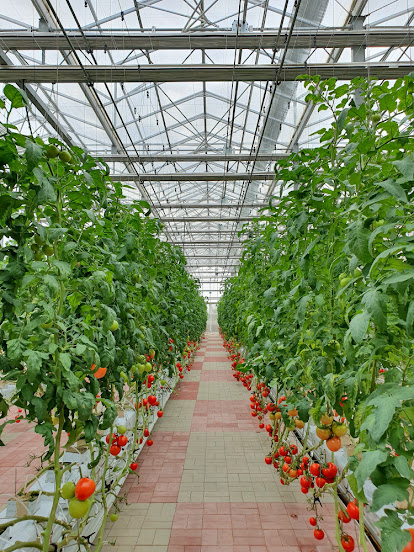How to Maintain led grow lights.
Why Clean
There are a number of significant
reasons why you should frequently clean your LED grow lights,
including poor yields and safety concerns. Additionally, since LEDs don't
require annual bulb replacement, it becomes much more crucial when growing with
LEDs. An LED growth lamp might illuminate your garden for the ensuing 10,
possibly 20, years without the need to repair a single component due to its
exceptional lifespan. Those lights have had plenty of time to accumulate grime.
- - holds a high yield
- - Best Performance
- - Secures Things
- - Ensures Operation Success
- - Less effort over time
How To Clean
To clean your best LED Grow Lights, all you need to do is dab a microfiber cloth
with isopropyl or rubbing alcohol and gently wipe it over the diodes. Start by
applying a small amount, as more can be applied later if needed.
Make sure always to apply gentle pressure, as too much pressure
can damage the diodes. While at it, make sure to clean the dust off the other
components of your lights, which will include the frame and driver.
If you’re having trouble finding instructions on how to clean
your LEDs, try looking up cleaning instructions for the diodes/PCB board. Many
LED grows light makers source their diodes from Samsung and Bridgelux. If still
no success, in most cases, isopropyl alcohol, along with canned air (make sure
to keep upright), make for the safest light cleaning agents. In this case,
perform a pre-test on a small portion of the light to ensure your cleaning
solution isn’t damaging to the light.
How To Care
Besides regularly cleaning them,
there are a few things you should do when handling them to keep them in tip-top
shape.
- Except
for mainly the frame, use caution when touching the lights when in
operation.
- Avoid
touching the bulbs, diodes, PCB board, or any other circuit components
with your bare hands or any sharp object.
- For
thinner LED fixtures like Quantum Boards, refrain from bending them or
applying moderate pressure.
- Avoid
pulling on wires or making any electrical fixes on the lights when they
are plugged in.
- When not in use, store your light in a location sealed off from
dust and high-traffic areas.

Comments
Post a Comment